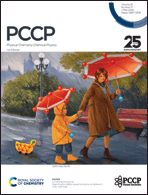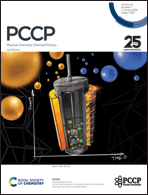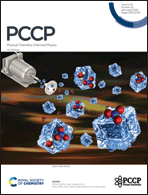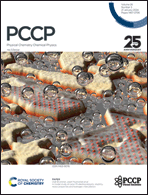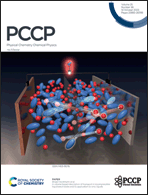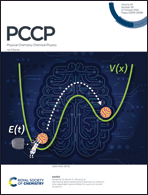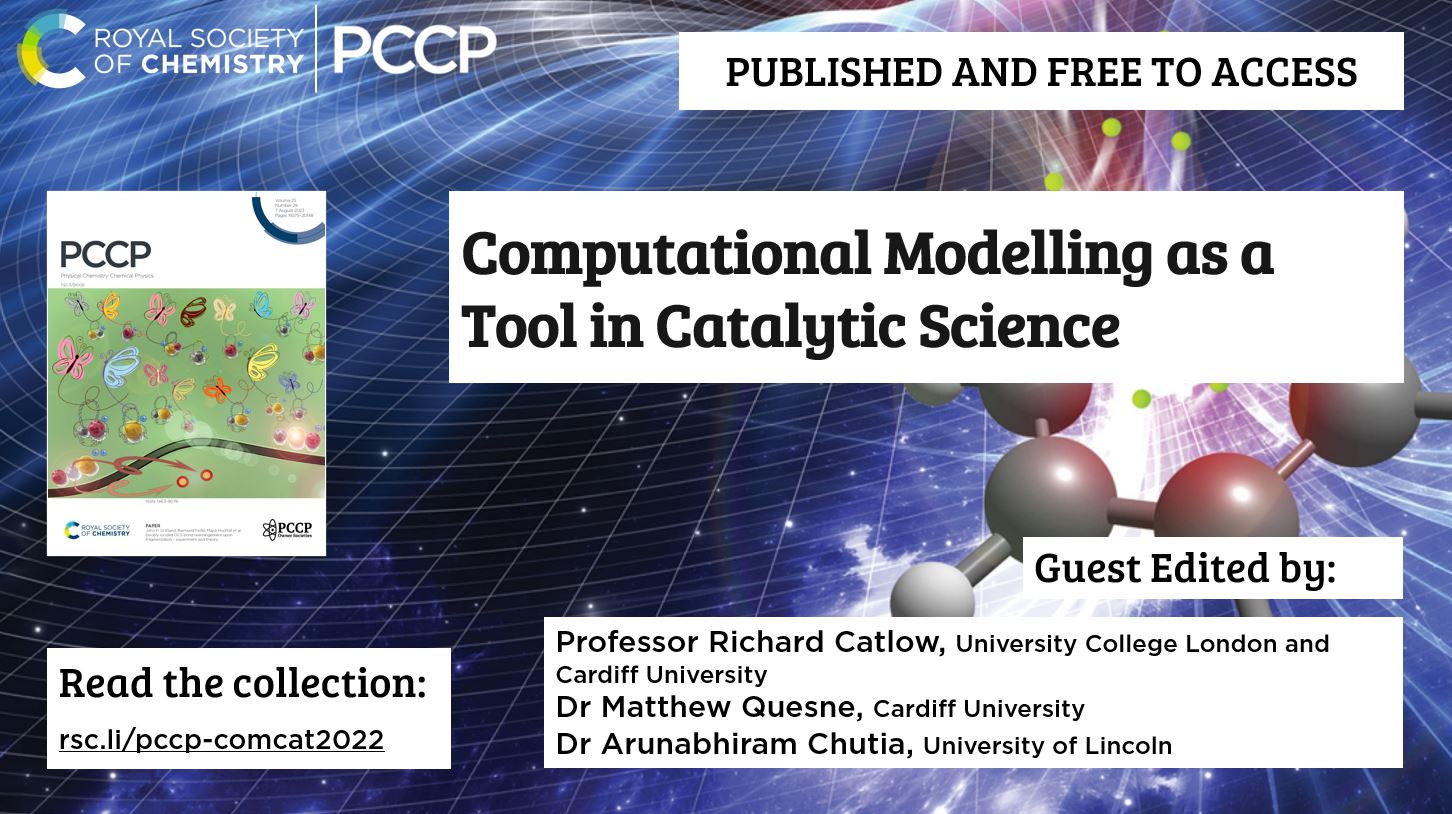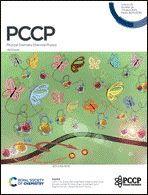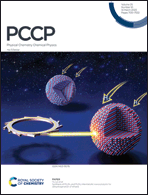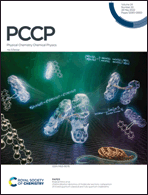Physical Chemistry Chemical Physics (PCCP) is delighted to announce a call for papers for our latest themed collection on Structure and dynamics of chemical systems: Honouring N. Sathyamurthy’s 75th birthday, with submissions open until 30 November 2025.
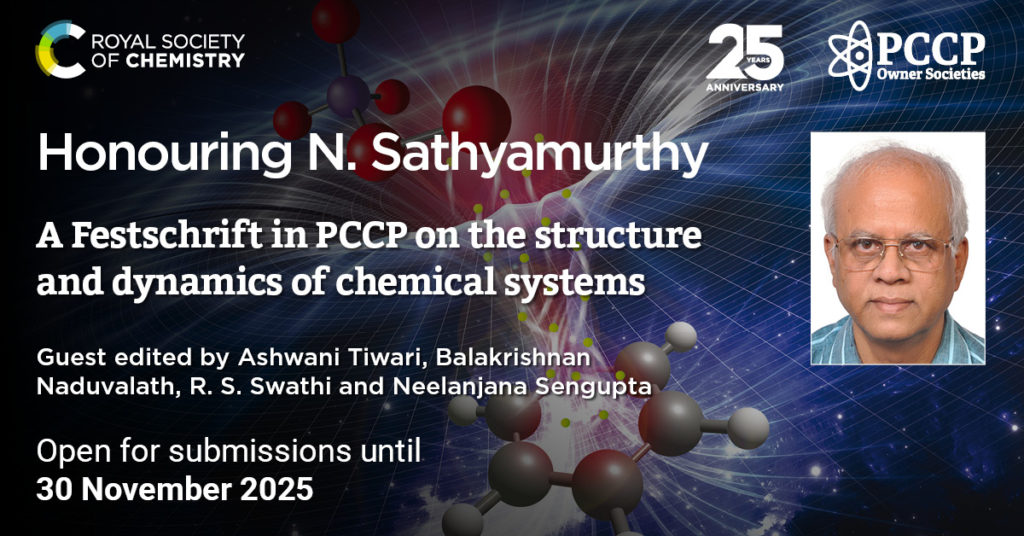
Professor Narayanasami Sathyamurthy’s influence on theoretical chemistry research in India, particularly in chemical reaction dynamics, is profound and far-reaching. When he joined the Indian Institute of Technology (IIT) Kanpur in 1978, he was the sole researcher in this field in the country. Today, numerous research groups, many led by his former group members or their students, are conducting pioneering work on various aspects of chemical dynamics at top institutions across India. His scientific legacy is both deep and lasting, and he has played a pivotal role in shaping the landscape of theoretical and computational chemistry research in India.
This special collection in PCCP celebrates his distinguished career and showcases research in theoretical and computational chemistry focused on the structure and dynamics of chemical systems. Topics of interest include, but are not limited to:
- Molecular reaction dynamics (experimental, computational and theoretical work)
- Computational chemical dynamics
- Statistical mechanics of condensed matter and biomolecular systems
- Potential energy surfaces and free energy landscapes
- Electronic structure theory and computation
This call for papers is open for the following article types:
- Communications
- Full papers
Open for submissions until 30 November 2025
If you would like to contribute to this themed collection, you can submit your article directly through the PCCP online submission system. Please mention that this submission is an open call contribution to the Structure and dynamics of chemical systems: Honouring N. Sathyamurthy’s 75th birthday collection in the ‘Themed issues’ section of the submission form and add a ‘Note to the Editor’ that this is from the Open Call. The Editorial Office reserves the right to check suitability of submissions in relation to the scope of both the journal and the collection, and inclusion of accepted articles in the final themed collection is not guaranteed.
Submissions to the journal should include significant innovation and/or insight into physical chemistry. Please see the journal’s website for more information on the journal’s scope, standards, article types and author guidelines.











